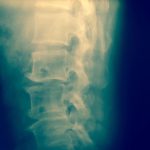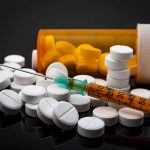
A new study harnesses the power of mindfulness to help overanxious people calm themselves — and the benefit may equal the use of an antidepressant, according to researchers at Georgetown University Medical Center in Washington, D.C. Olga Cannistraro said practicing mindfulness certainly helped her. “There was something excessive about the way I responded to my environment,” she explained. Cannistraro, now 52, decided to join a study on mindfulness-based stress reduction (MBSR) for anxiety disorders 10 years ago. The study was led by Dr. Elizabeth Hoge, who directs the Anxiety Disorders Research Program at Georgetown. MBSR “gave me the tools to spy on myself,” Cannistraro explained in a center news release. “Once you have awareness of an anxious reaction, then you can make a choice for how to deal with it. It’s not like a magic cure, but it was a lifelong kind of training. Instead of my anxiety progressing, it went in the other direction and I’m very grateful for that.” The latest study by Hoge’s team seems to confirm those earlier, positive results. Published Nov. 9 in JAMA Psychiatry, the study recruited 276 people with anxiety disorder who were seeking treatment at hospitals in Boston, New York City and Washington, D.C. All were offered either the SSRI antidepressant escitalopram (brand name Lexapro, commonly used to treat anxiety) or eight weeks of MBSR. The mindfulness… read on > read on >


















